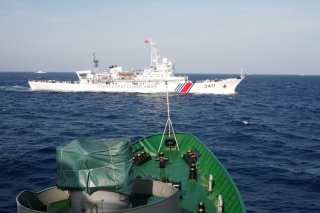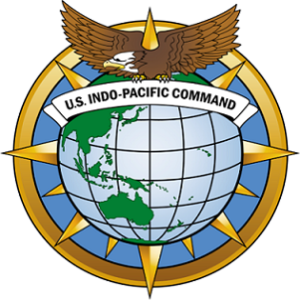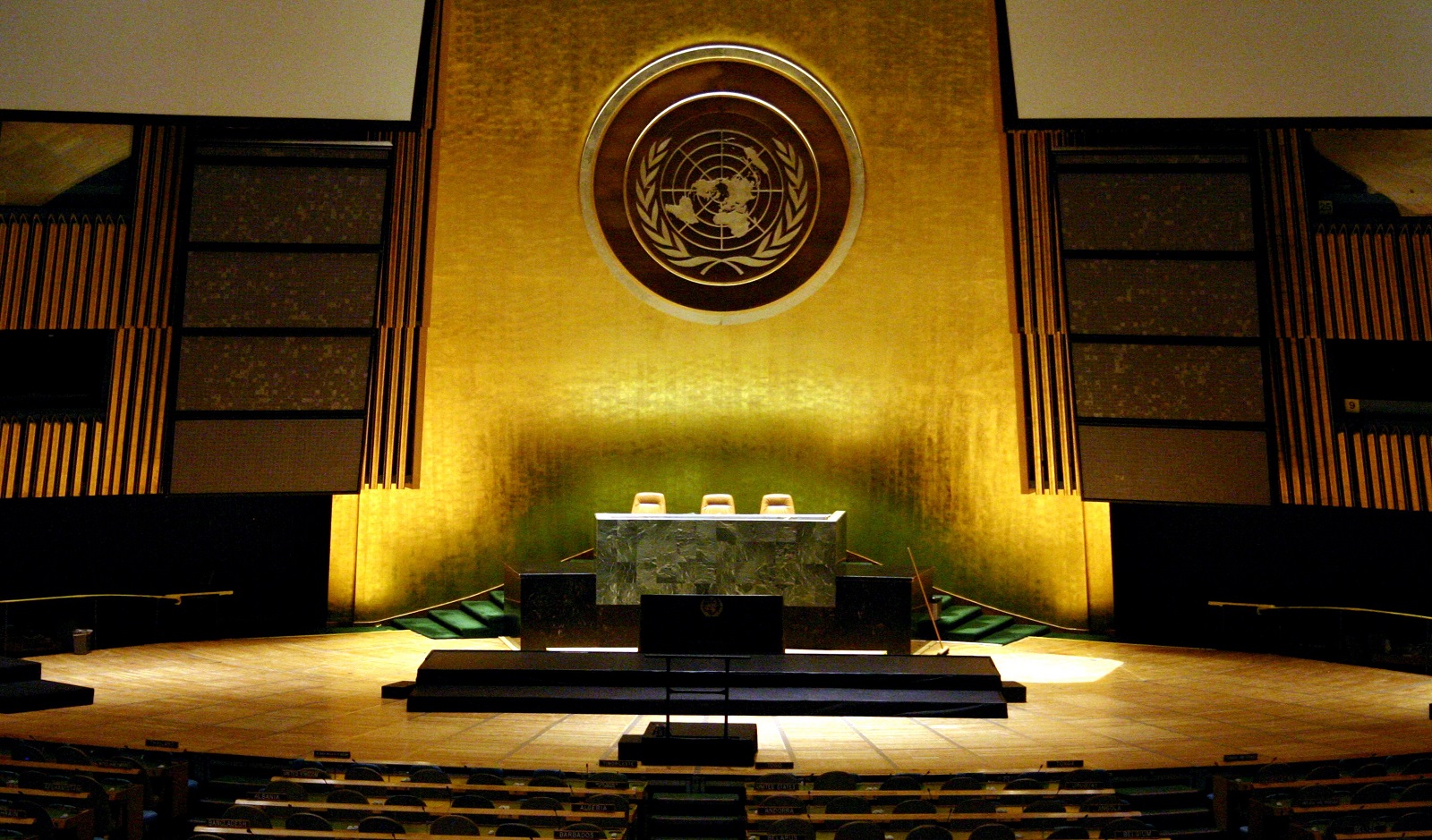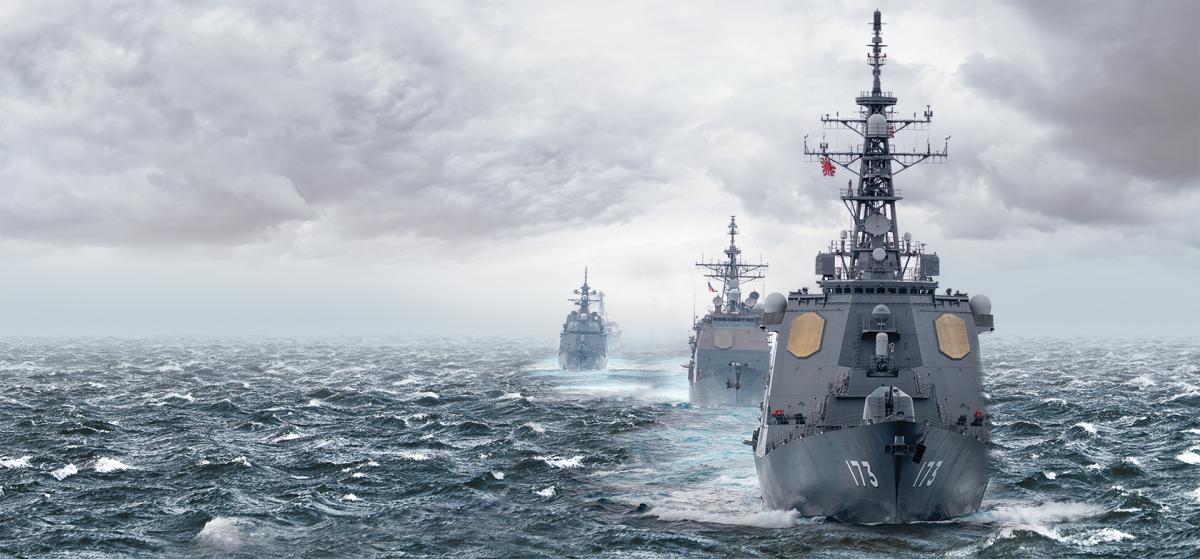MICHAEL SPENCE
Source Link
MILAN, Italy – At the recent G7 and NATO gatherings, China was singled out as a strategic competitor, a calculating trading partner, a technological and national-security threat, a human-rights violator and a champion of authoritarianism globally.
China denounced these characterizations, which its embassy in the United Kingdom called “lies, rumors and baseless accusations.” The risks that such rhetoric poses should not be underestimated.
Many in the West disapprove of China’s single-party governance structure, just as vocal elements in China disparage Western liberal democracy, which they argue is in terminal decline. The real danger, however, is that officials on both sides seem to have embraced a zero-sum framework, according to which the two sides cannot simply coexist; one side must “win.”
By this logic, both sides must always be trying to crush the competition. So, for China, the West — especially the United States — must be seeking to reverse its rise (which, in reality, was facilitated in no small part by the U.S.). And, for the West, China is determined to leverage its economic might, including its huge internal market, to reshape the global system in its image and to its benefit.


















